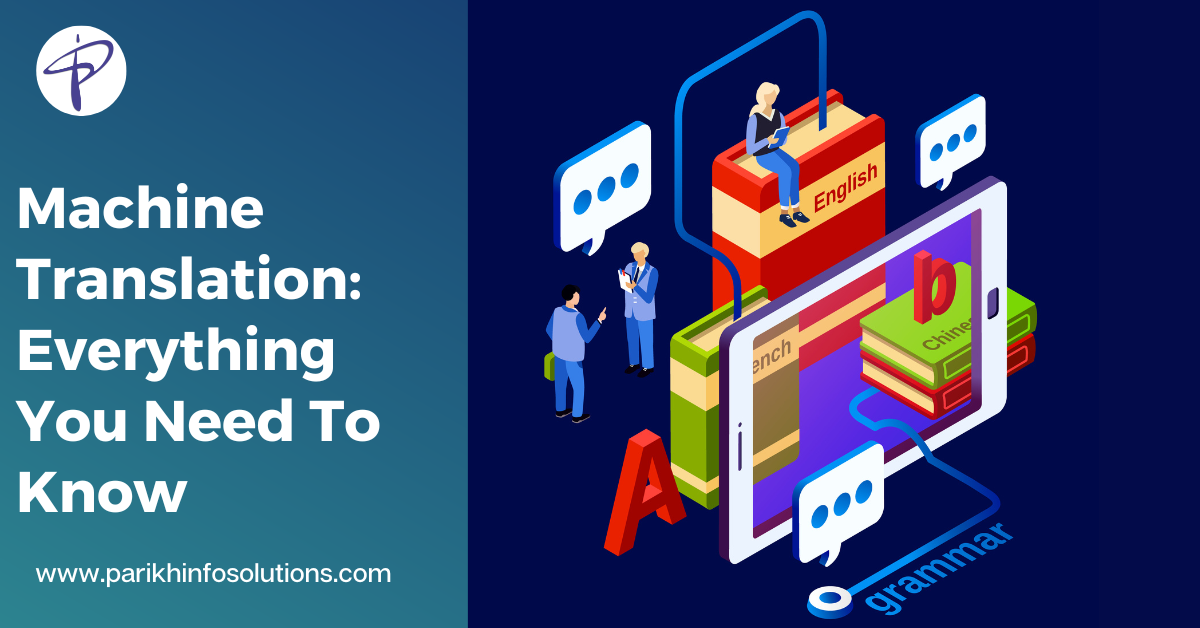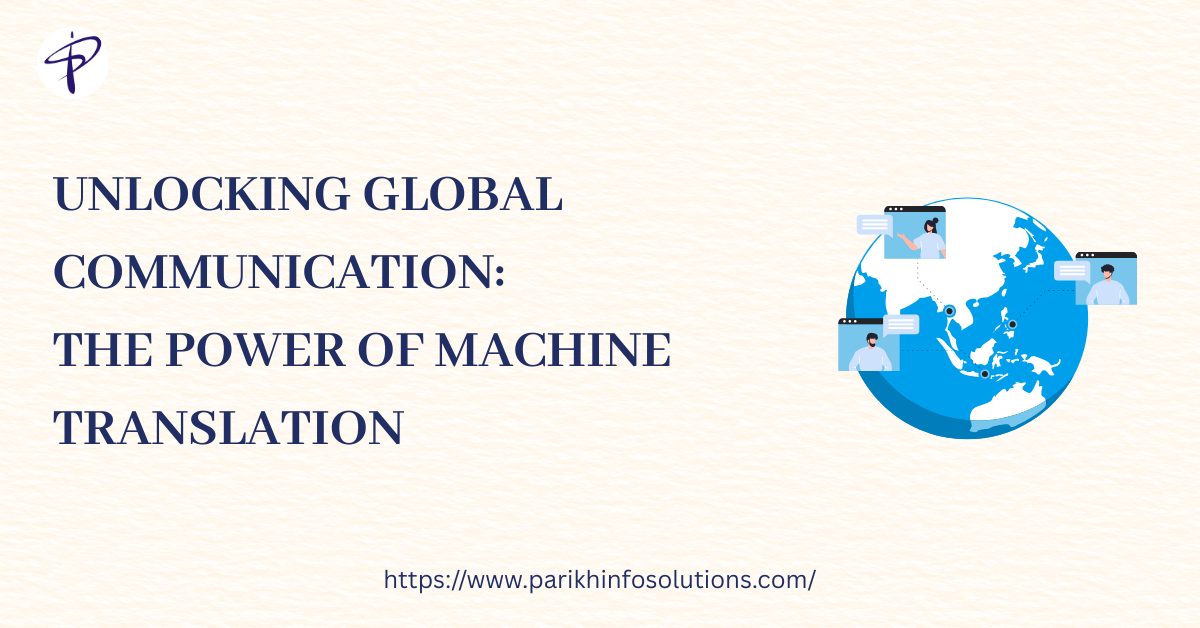Machine Translation Software first examines the linguistic aspects of the original language. Succeeding this, it recognizes how words interact with each other and then conveys the complete meaning of the words in the target language. Additionally, it substitutes words from one language into another using translation software. Moreover, translation services are crucial for industries engaged in international, multilingual, or localization activities as they provide the necessary support for effective communication and cultural adaptation.
Modern machine translation solutions have made significant advancements, making it difficult to differentiate from those done by human translators. As a result, businesses can confidently rely on translation software and expect quick and accurate results. Furthermore, machine translation provides a cost-effective option for consistently generating high-quality translated text, often achieving comparable or even superior outcomes compared to human translation. Machine translation handles much of the initial heavy-lifting work in language translation, thus minimizing the need for human involvement and reducing both costs and delivery time.
Despite implementing effective planning and project management processes, cases of workload and scope of a translation project exceed expectations. In such situations, machine technology enables the firm to swiftly scale the project to accommodate new requirements. Without machine translation, expanding the project scope can be time-consuming and potentially result in significant project delays. “Automatic translation” refers to the substitution of words from one language to another using software. It is a process that rapidly translates text with minimal human effort. Such translation software can enhance the quality of the work by simultaneously using different words. Therefore, this software plays a crucial role in enhancing the scalability of the firm.
Eliminating language barriers leads to a significant improvement in the user-friendly experience. Leading machine translation providers now offer multiple language coverage, allowing for simultaneous translations across multiple languages. These machine translation tools enable content to reach diverse and multilingual audiences, playing a vital role in increasing the accessibility of content, products, and services to global audiences. Moreover, machine translation can be integrated into assistive technologies for individuals with visual impairments and reading difficulties. It converts text into speech in the user’s preferred language, enhancing accessibility and making it easier for individuals with disabilities to access information. Thus, machine translation tools increase the accessibility of content and make it available to a wider range of users.
Machine translation software enables global collaboration by facilitating communication and understanding among individuals and teams from different language backgrounds. It allows sharing of ideas efficiently, collaboration on projects, and knowledge exchange across borders, thus promoting inclusivity and accessibility. It also helps break down language barriers and enables communication and information exchange across different languages. Additionally, online translation services facilitate successful global interactions and foster cross-cultural relationships worldwide.
Machine translation also plays a significant role in content localization, wherein the content is translated and adapted to specific target markets or regions. Automatic machine translation helps by translating websites, software interfaces, documents, and other materials, making information available in the target languages. Furthermore, it expands the reach and accessibility of products and services to local audiences in their preferred language, thus enhancing their user experience.
AI machine translation software significantly improves productivity and yields effective results effortlessly translating large volumes of text within a short period. It meets the growing demand for accurate and prompt translations in today’s expanding global business era. Online language translators also contribute to boosting productivity by providing quality solutions tailored to project needs and requirements. Enhanced productivity further results into accurate and quality translation.
Additionally, the ongoing improvement in neural machine translation models aims to replicate the functioning of neurons in the human brain. These models gather data, establish connections within the information, and evaluate the data as a whole. Such an approach allows the machine translator to strive for human-like translation capabilities. Let’s find out more about this model below.
Deep neural network models, also referred to as deep learning models, are a class of artificial neural network architectures characterized by their multiple layers of interconnected nodes, known as neurons. These models aim to replicate the structure and functionality of the human brain, particularly its ability to learn from data and make decisions based on patterns. This benefits you the best of both worlds, a touch of the human brain along with AI technology. As more content is generated and consumed the quality of content enhances. Furthermore, the engines have the ability to acquire knowledge of new vocabulary, expressions, and even additional languages as time goes on. The engines can also learn new words, phrases, and even languages over time. Recently, deep neural network models have achieved exceptional results in the specific field of neural machine translation. These models have also demonstrated remarkable success in various domains such as computer vision, natural language processing, speech recognition, and recommendation systems.



 Author
Author


